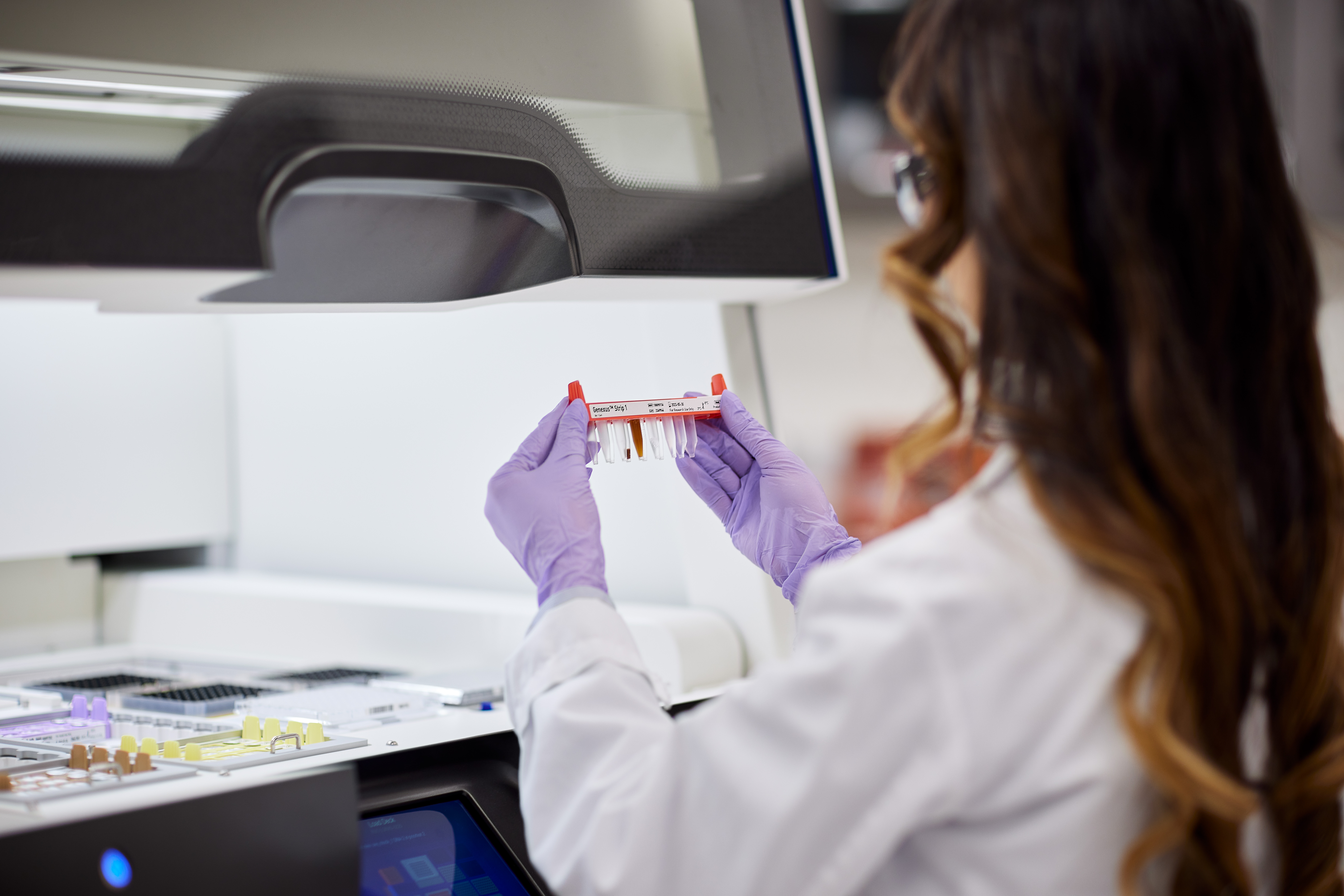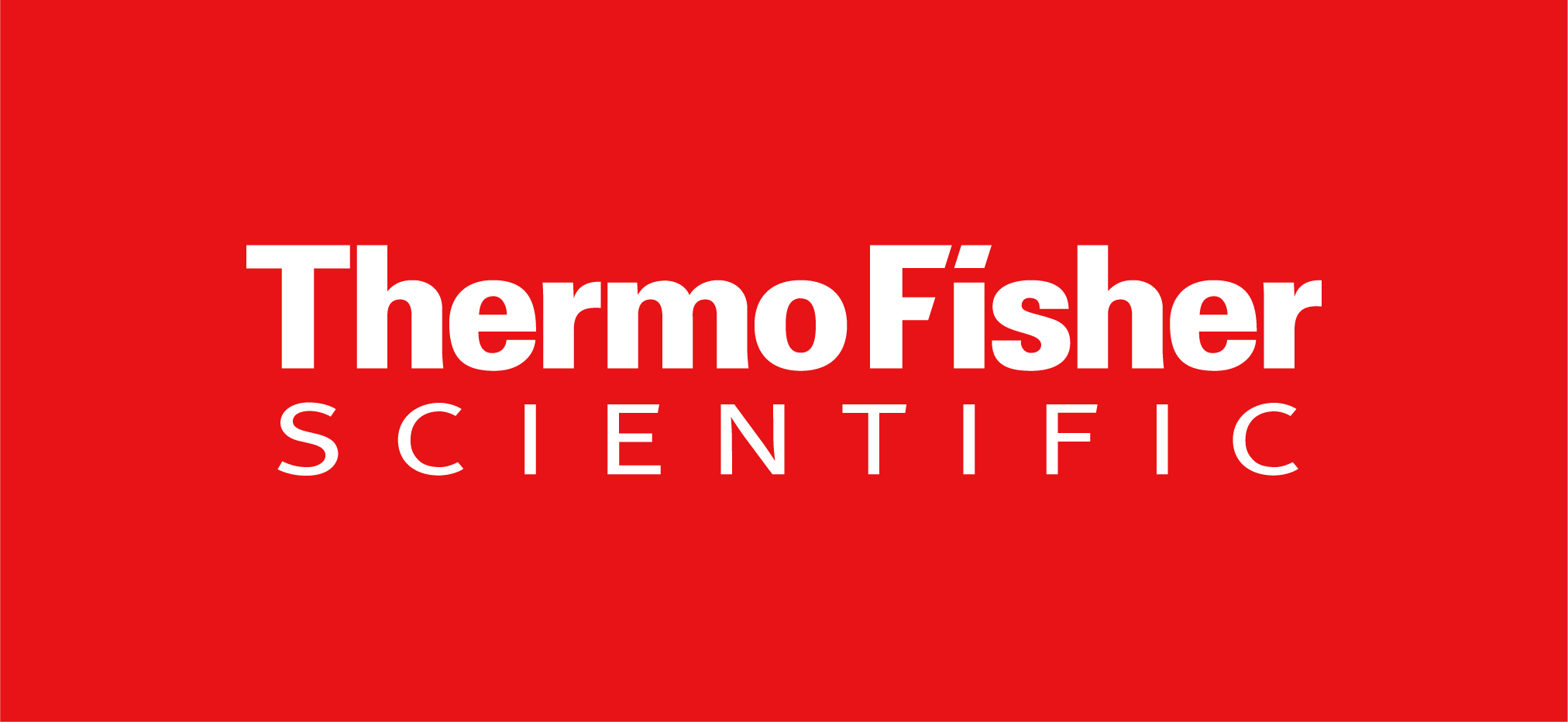Since the beginning of the next generation sequencing (NGS) revolution more than 20 years ago, the goal for these platforms was primarily aimed at exploring the human genome to better understand, and eventually address, disease. The last decade, in particular, has seen this vision materialize exponentially.
The technology has matured during that time, driving interest from pharmaceutical companies that now regularly partner with NGS providers like Thermo Fisher Scientific to co-develop NGS-based companion diagnostics (CDx) for their drug candidates.
To provide perspective on the industry’s key milestones, we spoke with Kathy Davy, president of the Next-Generation Clinical Sequencing business at Thermo Fisher, who has worked in the pharma and clinical diagnostics space for nearly 30 years. Her expertise spans molecular diagnostics, NGS, CDx and clinical genomics. She is passionate about advancing precision oncology to bridge the gap between research and practice.
Under her leadership, Thermo Fisher recently received FDA approval for its CDx and tumor profiling assay, which is the first test that is designed to deliver results to patients in as little as 24 hours, a major step forward for diagnostics.

What role has Thermo Fisher played in helping to advance the NGS CDx field?
Thermo Fisher has been a leader in NGS CDx since 2015. Over the past decade, we have collaborated with many pharmaceutical partners to bring new therapies to market globally. Our first generation NGS CDx – the Oncomine Dx Target Test - is currently approved globally for up to 20 targeted therapies across 11 biomarkers in four indications and available in 19 countries. Our latest rapid NGS CDx – the Oncomine Dx Express Test on the Genexus Dx system – is now FDA approved as a CDx for Dizal’s ZEGFROVY® (sunvozertinib) and in tumor profiling, which is designed to deliver results in as little as 24 hours. This assay is also CE-IVD-labeled in Europe with registration underway in Japan.
What significant milestones in the cancer CDx industry do you believe have shaped the current landscape?
There are several milestones that have helped shape the cancer CDx landscape. The FDA’s approval of several NGS CDx solutions in 2017 marked a pivotal moment, followed by the expansion of NGS CDx registration to other countries, including the E.U., Japan and Korea. The introduction of liquid biopsy CDx complemented tissue sample assessment, especially when biopsies weren’t available or difficult to retrieve. With the advent of immunotherapies, rapid NGS CDx has become a game-changer, enabling oncologists to make optimal treatment decisions between targeted therapies and immunotherapies quickly.

How has the regulatory environment evolved to support the growth and adoption of cancer CDx?
The regulatory environment has become well-established, with guidelines and processes for NGS-based CDx. Regulatory agencies coordinate effectively during the review process, facilitating the simultaneous approval of new drugs and their companion diagnostics.
What role has collaboration between biotech companies, pharmaceutical firms and academic institutions played to advance cancer CDx?
Collaboration has been crucial. Biomarker-driven trials and CDx development are three- to four-year projects that require close partnership between pharma companies, trial sites and diagnostics firms. These joint efforts have significantly advanced the field, leading to better and more effective treatments.

How do you see the role of artificial intelligence (AI) and machine learning (ML) evolving in the context of cancer CDx and precision oncology?
AI and ML are expected to revolutionize cancer CDx by accelerating data analysis, enhancing predictive modeling and improving diagnostic accuracy. These emerging technologies can help discover new biomarkers, improve patient stratification in clinical trials, optimize healthcare resources and, ultimately, help transform patient care and outcomes.
What are the current barriers to widespread adoption of NGS in clinical settings, and how can they be addressed?
Despite substantial progress, barriers remain. Across the globe, there are still too many labs that are under-equipped and under-staffed. There’s still a shortage of trained professionals and tissue sample stewardship remains an issue. Addressing these challenges will require bold investment in lab infrastructure, AI technology and training to develop a new breed of molecular physicians who are equipped to lead the era of precision medicine.

